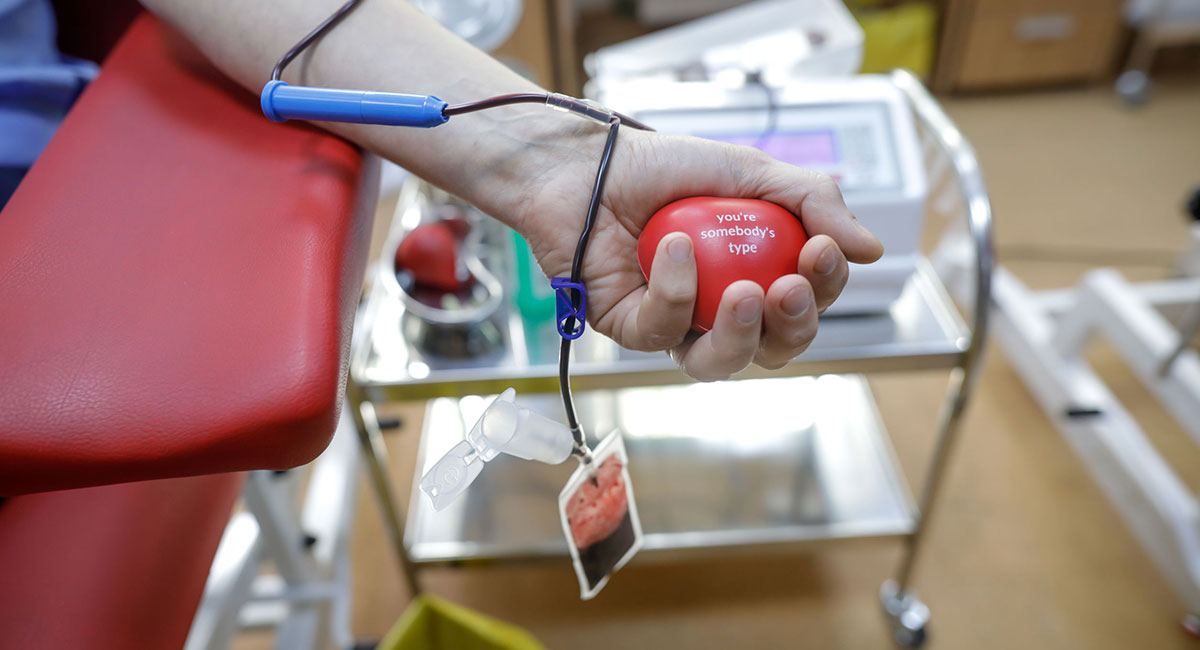Every two seconds, someone in the U.S. requires a blood transfusion. Many of these transfusions are part of standard emergency medical practice to help patients survive critical blood loss, while others cater to those with chronic illnesses. But alarming shortages are now putting countless lives at risk
Blood supply has steadily decreased for over a decade, reaching critically low levels in the past two years. In 2022, the American Red Cross declared the first national blood crisis. Supplies currently are so low that American Red Cross CEO Joanne Nowlin believes “we need to collect about 10,000 more [donations] every week for the next several months just to catch up.”
A significant step forward was the Food and Drug Administration’s recent removal of a 40-year ban on homosexual men from donating blood. This alone could increase donations by 4%. While a welcomed improvement, much more is needed to curb the shortage.
Sadly, even if donations ramped up, there is no guarantee they’d be put to use. Blood has a very short shelf-life and can be challenging to transport. Even during a nationwide shortage, about 10% of all blood donations go to waste.
Fortunately, markets provide solutions.
By letting willing donors sell their blood to non-profits and other blood distributors, shortages shrink, and vital supplies reach those in need.
It has worked before.
Research published by the academic journal Science finds that economic incentives, from coupons to small amounts of money, motivate people to donate blood. The same research also notes removing the incentives reduced donations, making them less likely to be wasted.
While it is uncommon and considered taboo by some, exchanging blood for money has proven to be a successful means of ensuring the supply of other medical goods.
In 2019, there were about $54 million in blood plasma donations across the U.S. While more difficult to extract than blood platelets, plasma is vital in treating numerous medical conditions. While how much clinics pay per donation and how much patients can donate varies, plasma shortages are much rarer than blood donation shortages.
Due to restrictions enacted during the COVID-19 pandemic, plasma collections dropped about 20% by September 2021. As clinics reopened and donors were again able to sell their plasma, shortages became surpluses. By June 2022, the U.S. exported excess blood plasma to much of Europe.
Over 100,000 patients are on the national transplant waiting list, most of them desperately hoping to receive a kidney donation. Only about 25% of them will. Meanwhile, Iran eliminated its kidney shortage nearly five years ago after legalizing the sale of kidneys for medical use.
If a less wealthy country with a considerably less advanced medical industry like Iran can use markets to eliminate its kidney shortage, why can’t the U.S. use markets to resolve its blood shortage?
Blood donations save lives but have limitations, as the ongoing shortage shows. Markets are a proven and effective treatment to eliminate shortages, especially vital medical goods. It’s time for the U.S. to adopt innovative market-based approaches to address this life-threatening blood shortage crisis.








